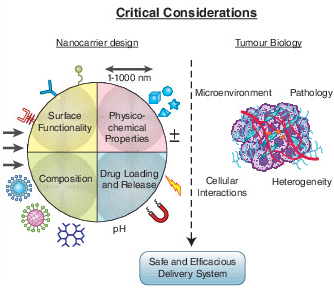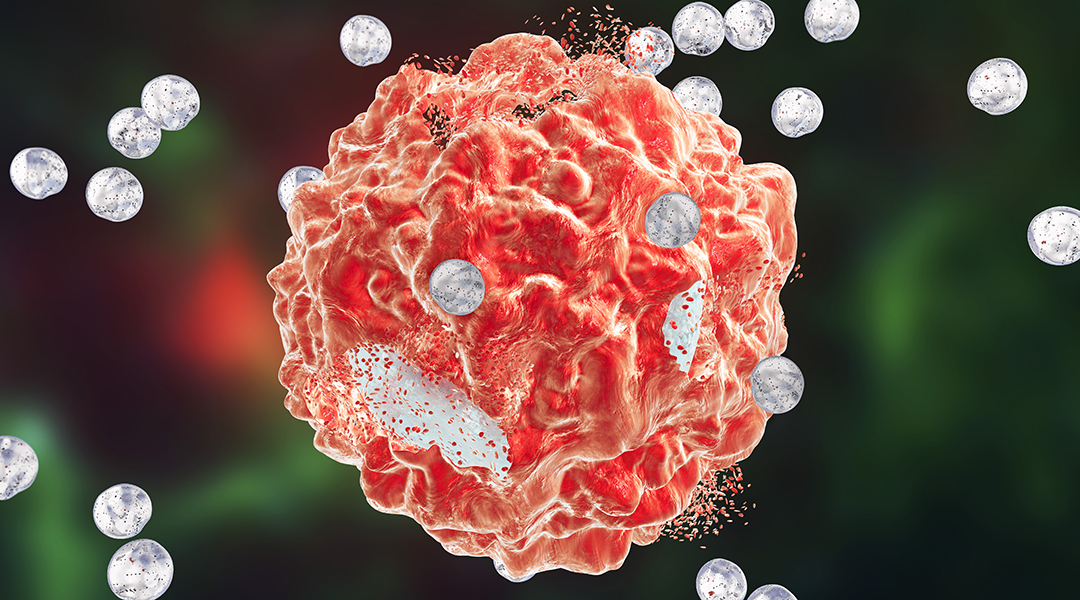Colorectal cancer remains a significant cause of morbidity and mortality worldwide. Tumor metastasis occurs in almost half of these patients, particularly at sites within the liver, and presents a major complication. Unfortunately, current available treatment options, such as surgical intervention, chemo-and biological therapies, among others, are substandard. For example, not all patients are amenable to surgical resection and chemotherapy is limited due to its non-specific distribution, dose limiting side effects, and the development of multi-drug resistance.
Nanotechnology has recently emerged as an innovative new tool in medicine, altering the scientific landscape in relation to disease treatment and prevention through a wide range of technologies, which vary in size, shape, composition, and function.

The field of nanoparticle-based drug delivery systems, in particular, has received much attention from the research and medical community, as it provides new opportunities to transform cancer treatment with key advantages over conventional treatments such as longer circulation half‐lives, improved pharmacokinetics, and lower toxicity.
However, despite the impressive versatility and pre-clinical potential of these systems, very few have progressed to a clinical setting.
In this regard, a team of researchers from the University of Liverpool and AstraZeneca sought to highlight the limitations of nanomedicines as a result of biological and physichochemical barriers in the hopes of understanding what is hindering the immediate and widespread application of nanomedicines to clinical cancer therapy.
The team identified features of the tumour microenvironment, such as vascularisation, intracellular transport, pathology of tumour and its metastatic growth patterns, non-specific cellular interactions concerning nanoparticles within the liver, and the physicochemical properties and design of the nanocarrier, as key players and hurdles for other researchers in the field to overcome.
Realistically, in order to overcome these challenges an interdisciplinary approach in the development of nanomedicines is critical to enhancing their translation to the clinic and real patients. This includes converging ideas from both nanotechnology and tumour biology fields—a concept termed “disease based design”—where the underlying biology and the nanomedicines physical and chemical properties are given precedence.
“Overcoming the various challenges and barriers faced by nanomedicines will hopefully transition the nanoparticle-based drug delivery discipline, from platforms with mere promise, to those capable of producing beneficial clinical outcomes when targeting cancers,” says Ph.D. student and one of the study’s authors, Usman Arshad from the University of Liverpool.
If these challenges can be met, nanotechnology holds great promise for improving patient survival through transforming the paradigm of cancer treatment.
Kindly contributed by the authors.

















